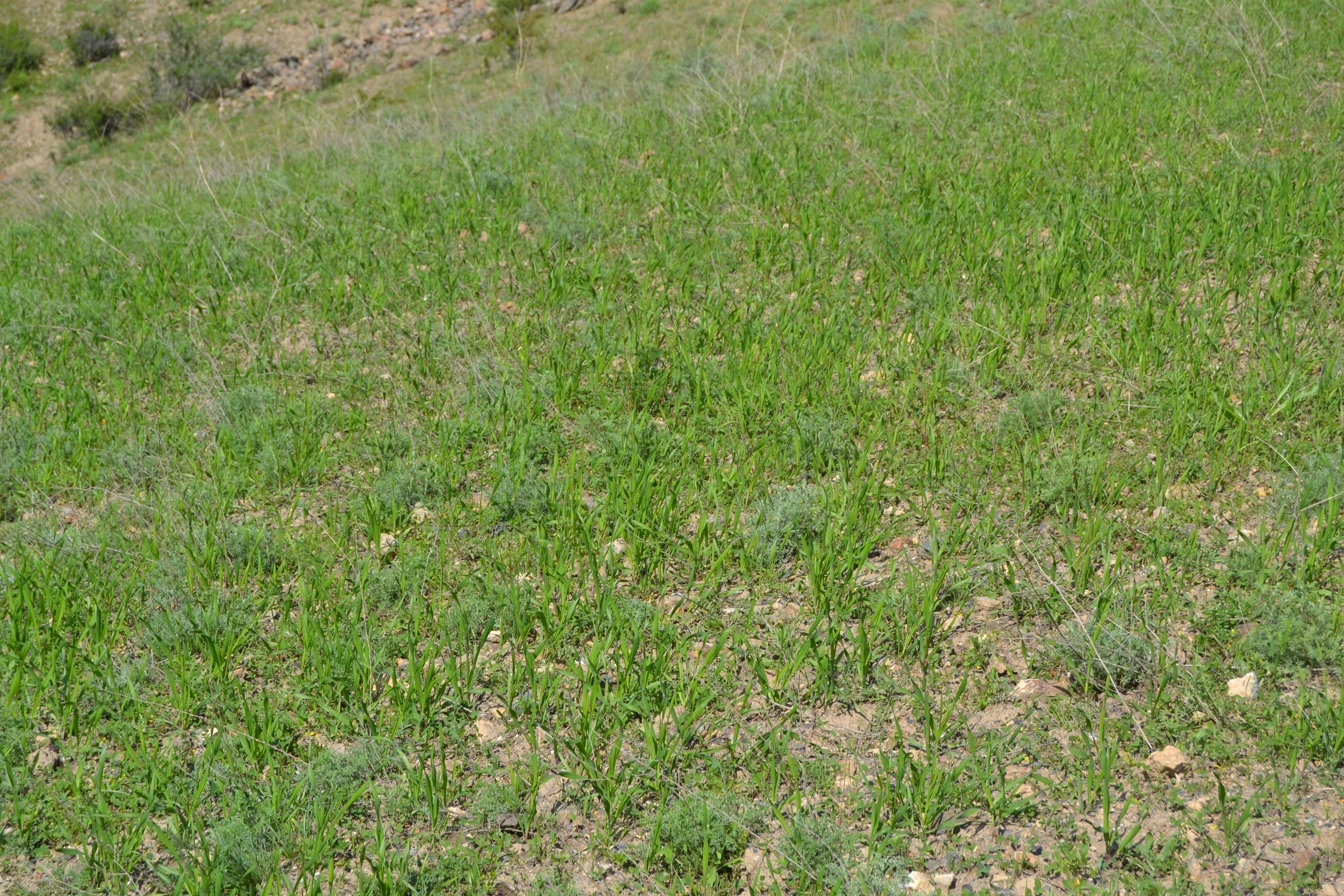Planting different annual crops in a particular order over several years on the same field, also known as crop rotation helps to ensure long-term soil sustainability as the crops have different requirements in terms of nutrients. This prevents the accumulation and propagation of soil-borne diseases and pests. In Tajikistan, many farmers prefer cultivating the same cash crops, e.g. cereals in rain-fed areas, instead of applying crop rotation as in short-term this produces more income. In order to avoid the long-term negative effects, oil crops (flax, sunflower, and safflower) and pulses (chickpeas, green peas, and lentils) can be used to promote crop rotation and diversification. Pulses fix nitrogen and thus improve soil fertility. Crop rotation can be combined with the no-tillage practice for having an even better effect.
An example of a three-year rotation could be:
- Year 1. Cereal crop, e.g. winter wheat
- Year 2. Legumes, e.g. lentil, chickpea
- Year 3. Oil crop, e.g. safflower
Rotation of annual crops with perennial fodder plants as alfalfa or esparcet may also be considered, as these have a very positive effect on soil fertility.
